Vladimir Horowitz - Listening to Vladimir Horowitz (2022)
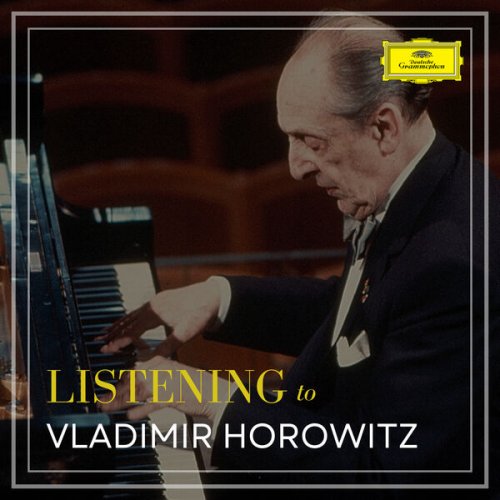
Artist: Vladimir Horowitz, Orchestra del Teatro alla Scala di Milano, Carlo Maria Giulini
Title: Listening to Vladimir Horowitz
Year Of Release: 2022
Label: UMG Recordings, Inc.
Genre: Classical
Quality: FLAC (tracks)
Total Time: 6:39:15
Total Size: 1.3 GB
WebSite: Album Preview
Tracklist:Title: Listening to Vladimir Horowitz
Year Of Release: 2022
Label: UMG Recordings, Inc.
Genre: Classical
Quality: FLAC (tracks)
Total Time: 6:39:15
Total Size: 1.3 GB
WebSite: Album Preview
01. 1. Von fremden Ländern und Menschen
02. VII. Träumerei (Live)
03. Chopin: Mazurka No. 41 in C-Sharp Minor, Op. 63 No. 3 (Live)
04. 3. Hasche-Mann
05. No. 4 Ständchen
06. Scriabin: Etude in D-Sharp Minor, Op. 8 No. 12 (Live)
07. 9. Ritter vom Steckenpferd
08. 7. Sehr rasch
09. No. 3 in D-Flat Major (lento, placido)
10. D. Scarlatti: Sonata in E Major, Kk. 380 (Live)
11. III. Allegretto (Live)
12. I. Allegro
13. 5. Glückes genug
14. 6. Wichtige Begebenheit
15. Mozart: Rondo in D Major, K. 485 (Live)
16. 4. Bittendes Kind
17. Moszkowski: Etude in F Major, Op. 72, No. 6
18. No. 3 In F Minor (Allegro moderato)
19. 2. Kuriose Geschichte
20. 8. Am Kamin
21. 2. Sehr innig und nicht zu rasch - Intermezzo I (Sehr lebhaft) - Tempo I - Intermezzo II (Etwas bewegter) - Tempo I
22. Schumann: Arabeske in C Major, Op. 18 (Live)
23. Polonaise No. 6 in A-Flat Major, Op. 53 "Heroic"
24. No. 12 in D sharp minor
25. 10. Fast zu ernst
26. 11. Fürchtenmachen
27. No. 1 in D-Flat Major
28. Rondo in D Major, K. 485
29. Allegro
30. No. 6 in A minor
31. 4. Sehr langsam
32. 8. Schnell und spielend
33. 12. Kind im Einschlummern
34. Andante commodo (Live)
35. 3. Allegretto grazioso
36. No. 6 in A Minor (Live)
37. Maestoso
38. D. Scarlatti: Sonata in E Major, Kk. 135 (Live)
39. No. 3 in F Minor. Allegro moderato
40. 13. Der Dichter spricht
41. 7. Träumerei
42. Allegro scherzando
43. Chopin: Mazurka No. 7 in F Minor, Op. 7 No. 3 (Live)
44. Scriabin: Etude in C-Sharp Minor, Op. 2 No. 1 (Live)
45. 1. Etude In C-Sharp Minor (Live)
46. Allegro scherzando (Live)
47. Rachmaninoff: Prelude In G, Op. 32, No. 5 (Live)
48. Rachmaninoff: Prélude In G-Sharp Minor, Op. 32, No. 12 (Live)
49. 1. Äusserst bewegt
50. Étincelles, Morceau caractéristique, Op. 36 No. 6 (Live)
51. Horowitz: Variations on a Theme from Bizet's "Carmen" (Live at Philharmonie, Berlin / 2018)
52. 2. Andante cantabile
53. Liszt: Valse oubliée No. 1 in F sharp, S.215
54. 5. Sehr lebhaft
55. 6. Sehr langsam
56. Impromptu "Nocturne", S. 191
57. Allegretto (Live)
58. Mazurka No. 13 in A Minor, Op. 17 No. 4
59. Mesto
60. Nun komm, der Heiden Heiland, BWV. 659 (Transcr. by Ferruccio Busoni for Piano)
61. 3. Sehr aufgeregt
62. V. Sonetto 104 del Petrarca (Live)
63. II. Andante cantabile (Live)
64. 1. Allegro
65. No. 4 in A-Flat Major: Allegretto
66. Chopin: Scherzo No. 1 in B Minor, Op. 20 (Live)
67. Scherzo No. 1 in B Minor, Op. 20
68. II. Andante cantabile
69. Impromptu in B-Flat Major, D.935 No. 3
70. III. Hasche-Mann
71. V. Glückes genug
72. IX. Ritter vom Steckenpferd
73. IV. Bittendes Kind
74. VI. Wichtige Begebenheit
75. II. Kuriose Geschichte
76. VIII. Am Kamin
77. X. Fast zu ernst
78. I. Von fremden Ländern und Menschen
79. XI. Fürchtenmachen
80. XII. Kind im Einschlummern
81. XIII. Der Dichter spricht
82. VII. Träumerei
83. III. Rondeau. Allegro
84. III. Scherzo. Allegro vivace con delicatezza
85. II. Adagio
86. III. Allegretto grazioso
87. I. Allegro
88. IV. Allegro ma non troppo
89. III. Allegro assai
90. Adagio in B Minor, K. 540
91. II. Andante sostenuto
92. I. Allegro
93. I. Molto moderato
A pianist of legendary fame and stature, Vladimir Horowitz was born in Kiev, Ukraine. His mother, herself a professional pianist, provided his first instruction at the piano and was the first to recognize his extraordinary talents; he studied further at the Kiev Conservatory. His first public appearance was a recital in Kiev on May 30, 1920, and in 1922 he gave a series of 15 concerts in Kharkov for which he was paid in food and clothing. Although Russia was still reeling from the revolution of 1917, Horowitz fashioned successful concert tours in major cities such as Moscow, Leningrad, and Kiev -- marking the beginning of a performing career of unflagging and spectacular success.
His first international appearance came with his 1926 trip to Berlin, soon after which followed concerts in Paris, London, and New York. Further appearances in the United States solidified his reputation as an exceptional virtuoso, and the country which was to become his adopted home embraced him warmly. He was invited to the White House to play for President Hoover in 1931, and in 1933 he married Wanda Toscanini -- the daughter of the famous conductor Arturo Toscanini, who would soon conduct Horowitz and the New York Philharmonic Orchestra in performances of the Beethoven piano concertos. Horowitz permanently settled in the United States in 1940 and achieved citizenship in 1944.
Wanda Toscanini assumed a gentle stewardship of her new husband, who was in fragile physical and emotional health. Often seized with an irrational fear of failure, Horowitz found the life of touring threatening to his equilibrium. He withdrew from the concert stage for several periods during his life, and made only rare appearances after 1970. When Horowitz did schedule a concert, it often took the persuasive powers of his wife and friends to keep him from canceling at the last minute. His nagging, and often overpowering, insecurity led him to seek shock therapy in 1973, but though he seemed to achieve some benefit from treatment, he was never free of anxiety when playing in public. The one exception to this trend was when he appeared as accompanist to another artist, which he often did with baritone Dietrich Fischer-Dieskau, cellist Mstislav Rostropovich, and violinist Isaac Stern. Because of his long absences from the concert stage, Horowitz's popularity was largely sustained by his recordings.
Perhaps the most significant single event in Horowitz's long career was his long-overdue return to the Soviet Union (his first since his departure in the 1920s) for a series of concerts in 1986. The resulting tour became a major political event, coinciding as it did with an era of new understanding between the United States and the Soviet Union, and it resonated powerfully with Soviet audiences. Revitalized by the Soviet tour, Horwowitz signed a new contract with Sony; the contract included provisions for recording him at home on his favorite piano. He made his last such recording on November 1, 1989; on November 5 he died of a massive heart attack.
As a performer, Horowitz had huge resources of speed and power, and a clean articulation. His performances were brilliant, exciting, and often mystifying to those who found his technique enigmatic (he played, for instance, with unusually straight fingers, laying them nearly flat on the keys). Though his performances were frequently criticized for their willfulness and self-indulgent nature, there was an undeniable charisma to his playing that endeared him to most everyone who heard him. ~ Rovi Staff
His first international appearance came with his 1926 trip to Berlin, soon after which followed concerts in Paris, London, and New York. Further appearances in the United States solidified his reputation as an exceptional virtuoso, and the country which was to become his adopted home embraced him warmly. He was invited to the White House to play for President Hoover in 1931, and in 1933 he married Wanda Toscanini -- the daughter of the famous conductor Arturo Toscanini, who would soon conduct Horowitz and the New York Philharmonic Orchestra in performances of the Beethoven piano concertos. Horowitz permanently settled in the United States in 1940 and achieved citizenship in 1944.
Wanda Toscanini assumed a gentle stewardship of her new husband, who was in fragile physical and emotional health. Often seized with an irrational fear of failure, Horowitz found the life of touring threatening to his equilibrium. He withdrew from the concert stage for several periods during his life, and made only rare appearances after 1970. When Horowitz did schedule a concert, it often took the persuasive powers of his wife and friends to keep him from canceling at the last minute. His nagging, and often overpowering, insecurity led him to seek shock therapy in 1973, but though he seemed to achieve some benefit from treatment, he was never free of anxiety when playing in public. The one exception to this trend was when he appeared as accompanist to another artist, which he often did with baritone Dietrich Fischer-Dieskau, cellist Mstislav Rostropovich, and violinist Isaac Stern. Because of his long absences from the concert stage, Horowitz's popularity was largely sustained by his recordings.
Perhaps the most significant single event in Horowitz's long career was his long-overdue return to the Soviet Union (his first since his departure in the 1920s) for a series of concerts in 1986. The resulting tour became a major political event, coinciding as it did with an era of new understanding between the United States and the Soviet Union, and it resonated powerfully with Soviet audiences. Revitalized by the Soviet tour, Horwowitz signed a new contract with Sony; the contract included provisions for recording him at home on his favorite piano. He made his last such recording on November 1, 1989; on November 5 he died of a massive heart attack.
As a performer, Horowitz had huge resources of speed and power, and a clean articulation. His performances were brilliant, exciting, and often mystifying to those who found his technique enigmatic (he played, for instance, with unusually straight fingers, laying them nearly flat on the keys). Though his performances were frequently criticized for their willfulness and self-indulgent nature, there was an undeniable charisma to his playing that endeared him to most everyone who heard him. ~ Rovi Staff
Related Releases:
Listening to Grieg
Listening to Dvořák
Listening to Bruckner
Listening to Béla Bartók
Listening to Shostakovich
Listening to David Oistrakh
Listening to Arnold Schoenberg
Listening to Gustav Holst and more
Listening to Grieg
Listening to Dvořák
Listening to Bruckner
Listening to Béla Bartók
Listening to Shostakovich
Listening to David Oistrakh
Listening to Arnold Schoenberg
Listening to Gustav Holst and more
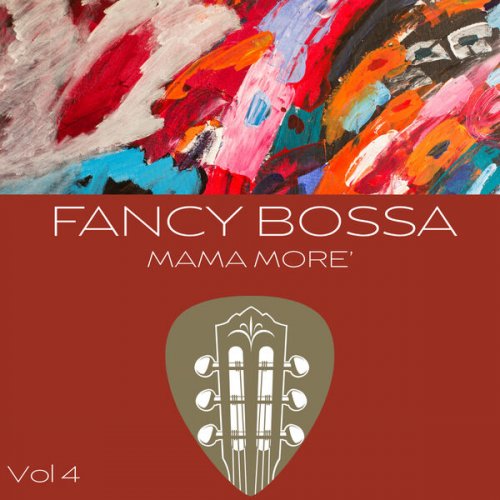
![Wadada Leo Smith - Divine Love (1979/2025) [Hi-Res] Wadada Leo Smith - Divine Love (1979/2025) [Hi-Res]](https://www.dibpic.com/uploads/posts/2025-12/1765802240_cover.jpg)
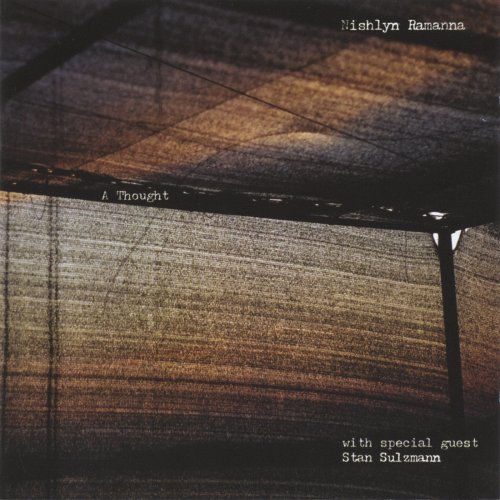
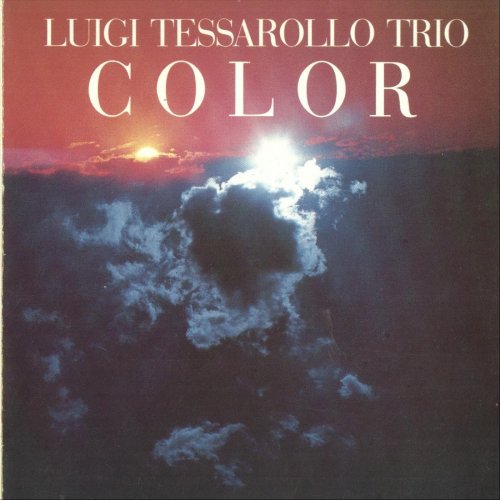
![Amira Kheir - Black Diamonds (2025) [Hi-Res] Amira Kheir - Black Diamonds (2025) [Hi-Res]](https://www.dibpic.com/uploads/posts/2025-12/1765640459_tf7wrmc9lqmqc_600.jpg)
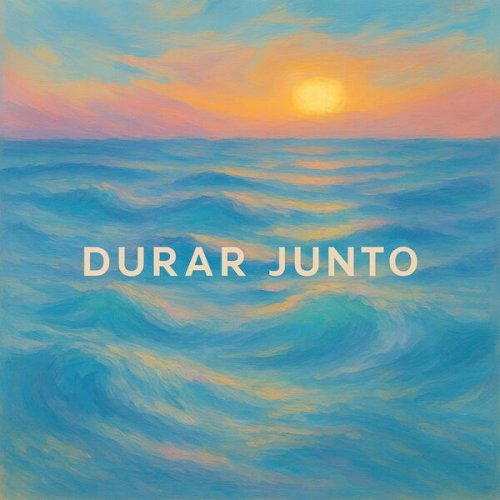
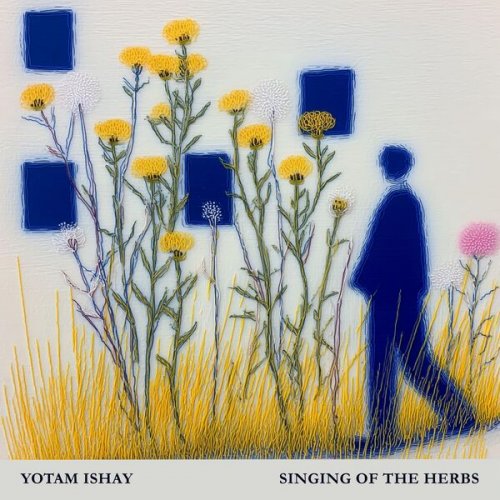
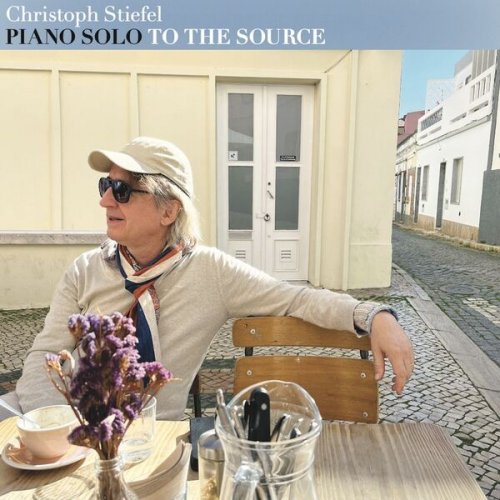
![Tomasz Stańko - Zamek mgieł (Polish Radio Sessions vol. 3/6) (2025) [Hi-Res] Tomasz Stańko - Zamek mgieł (Polish Radio Sessions vol. 3/6) (2025) [Hi-Res]](https://www.dibpic.com/uploads/posts/2025-12/1765795906_cover.jpg)